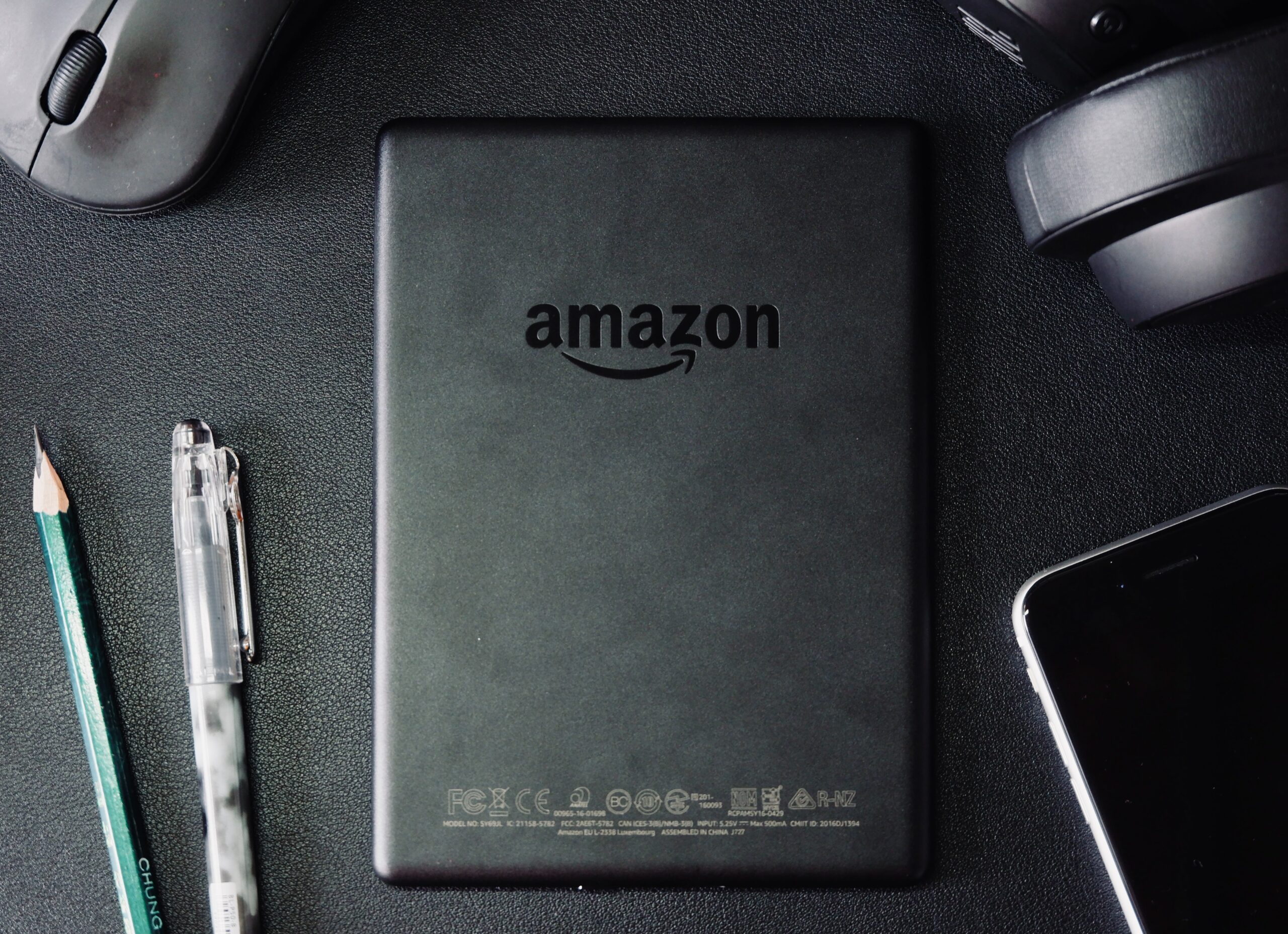
Buying Amazon returns can be a great way to get discounted products for personal use or to resell for profit. However, it can be tricky to navigate the process of buying Amazon returns, as there are a lot of different options and factors to consider. In this guide, we’ll walk you through the basics of buying Amazon returns and provide tips to help you get the best deals.
What Are Amazon Returns?
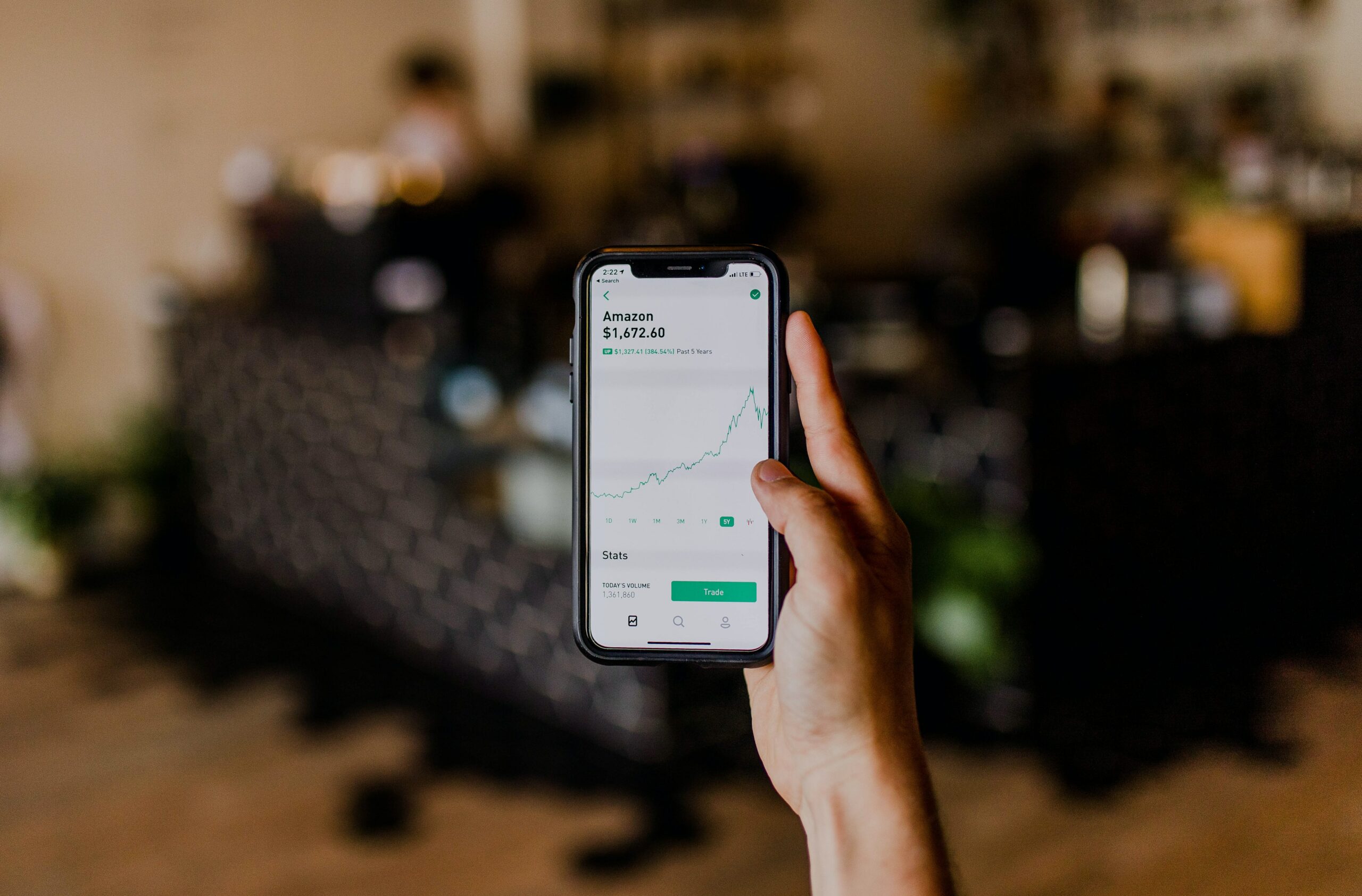
Before we dive into how to buy Amazon returns, let’s define what they are. Amazon returns are items that have been returned by customers for various reasons. These reasons can include things like the product not meeting the customer’s expectations, arriving damaged, or simply being unwanted. Once a customer returns an item to Amazon, it goes through a process of inspection and may be resold as a return.
Types of Amazon Returns
There are a few different types of Amazon returns that you can purchase:
Uninspected Returns: These are returns that have not been inspected by Amazon. They may be in their original packaging or have damaged packaging. Some of these returns may be in perfect condition, while others may be damaged or defective.
Inspected Returns: These are returns that have been inspected by Amazon to ensure they are in good condition. They may have damaged packaging, but the product itself should be in working order.
Salvage Returns: These are returns that are damaged or defective and cannot be resold as new. They may be missing parts, have broken components, or be in otherwise poor condition.
Where Can You Buy Amazon Returns?
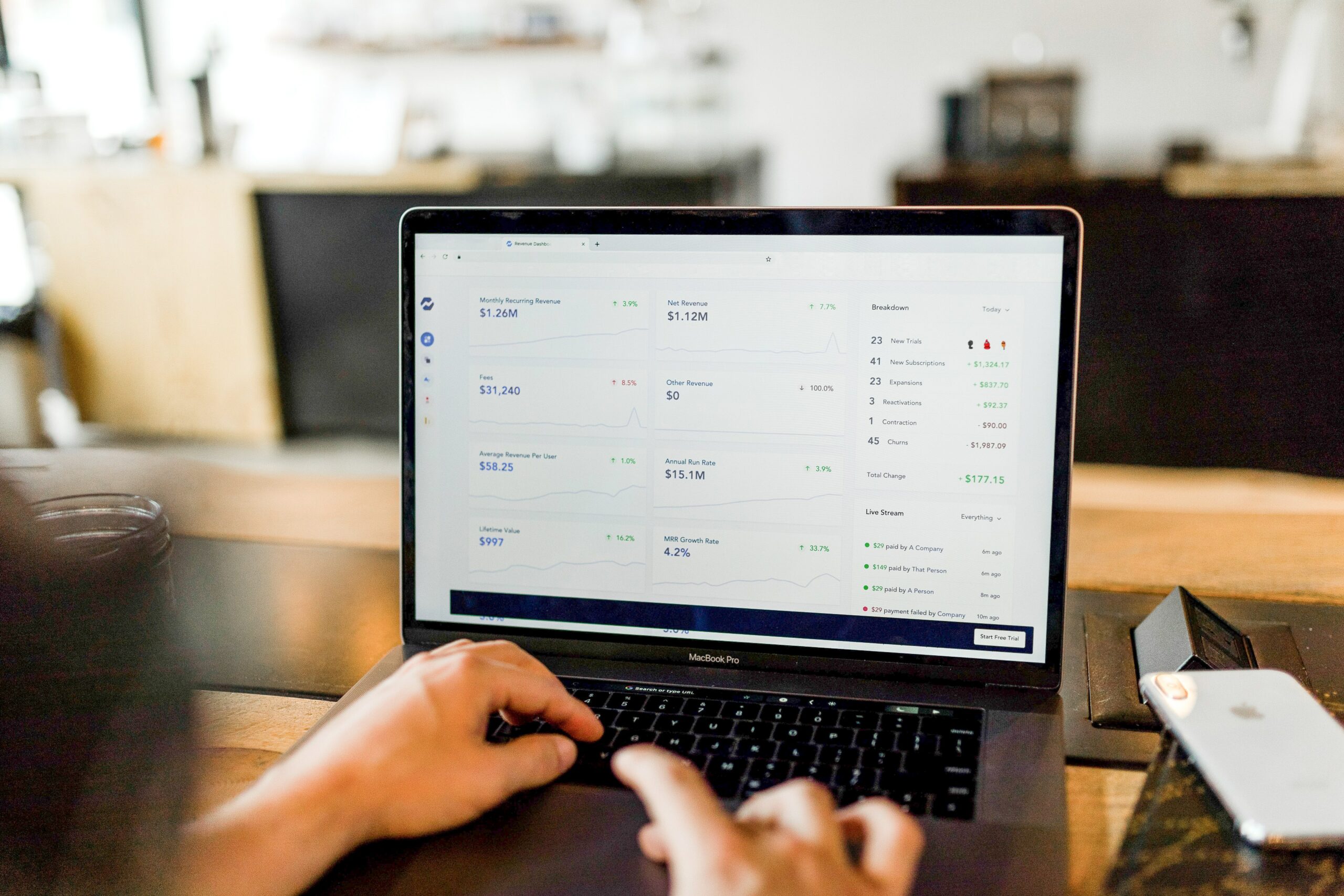
There are a few different places where you can buy Amazon returns:
Directly from Amazon: Amazon has a program called Amazon Warehouse Deals where you can purchase returns and refurbished items at a discount. These items are sold directly by Amazon and come with a 30-day return policy.
Liquidation websites: There are a number of websites that specialize in selling liquidation merchandise, which includes Amazon returns. Some popular options include Liquidation.com, B-Stock Solutions, and Direct Liquidation
Third-party sellers: You can also find Amazon returns for sale on third-party marketplaces like eBay and Facebook Marketplace. However, it’s important to exercise caution when buying from these sources, as you may not have the same level of protection as you would when buying from Amazon or a reputable liquidation website.
How to Buy Amazon Returns
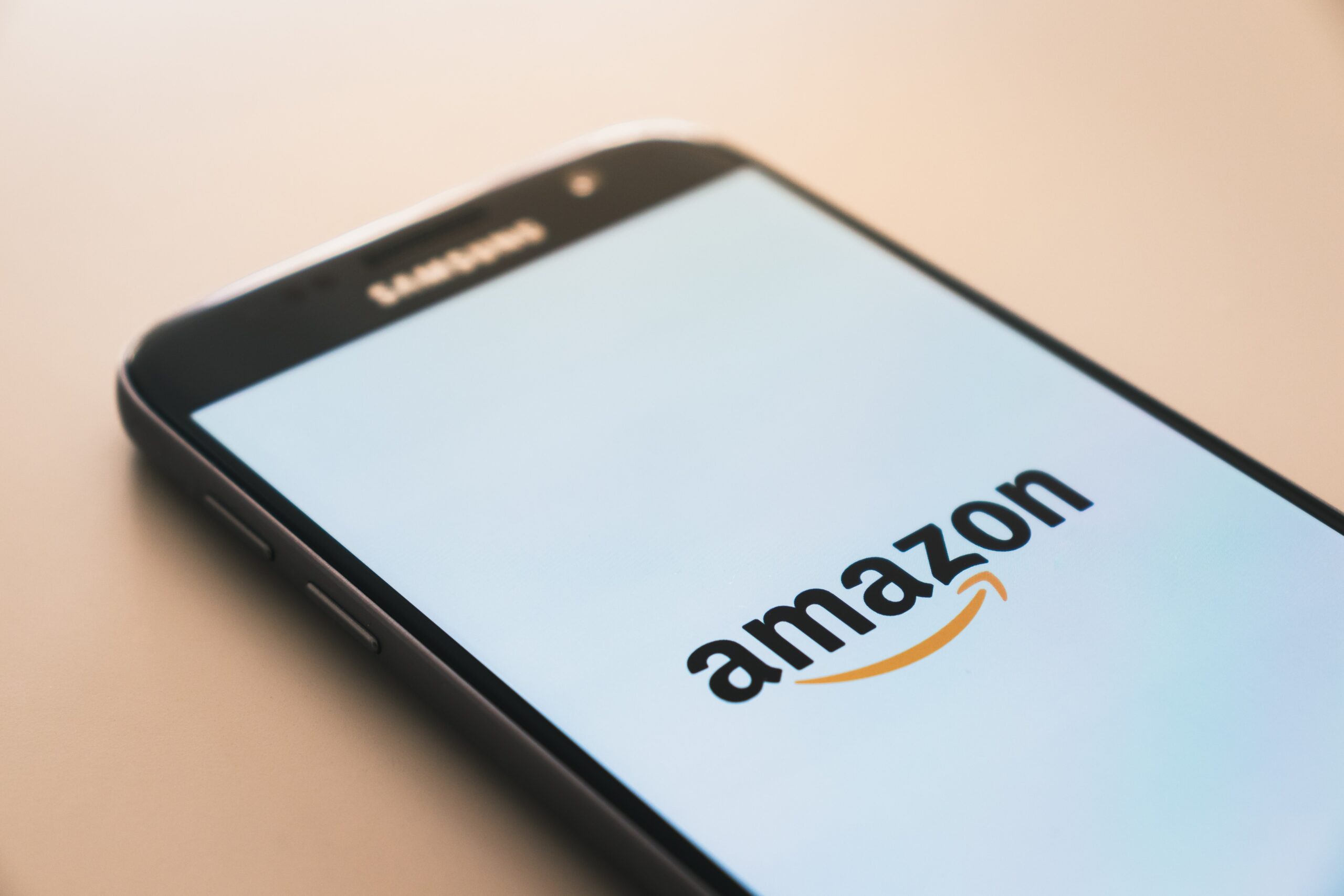
Now that you know what Amazon returns are and where you can buy them, let’s go over the steps involved in buying them.
Decide what type of returns you want to buy: As we mentioned earlier, there are different types of Amazon returns you can purchase. Decide which type is best for you based on your budget, level of risk tolerance, and how much time and effort you want to put into reselling the items.
Choose a source for buying Amazon returns: Decide where you want to purchase Amazon returns from. Keep in mind that buying directly from Amazon may be more convenient and come with better guarantees, but you may be able to find better deals on liquidation websites or from third-party sellers.
Research the seller: If you’re buying from a liquidation website or third-party seller, be sure to research them thoroughly before making a purchase. Look for reviews and ratings from other buyers, and check to see if they have a good track record of selling Amazon returns.
Place your order: Once you’ve found the returns you want to purchase, place your order and make sure to read the seller’s policies regarding returns, refunds, and shipping.
Inspect the returns: When you receive your Amazon returns, inspect them carefully to make sure they match the description provided by the seller. If you find any issues, contact the seller right away to discuss your options.
Tips for Buying Amazon
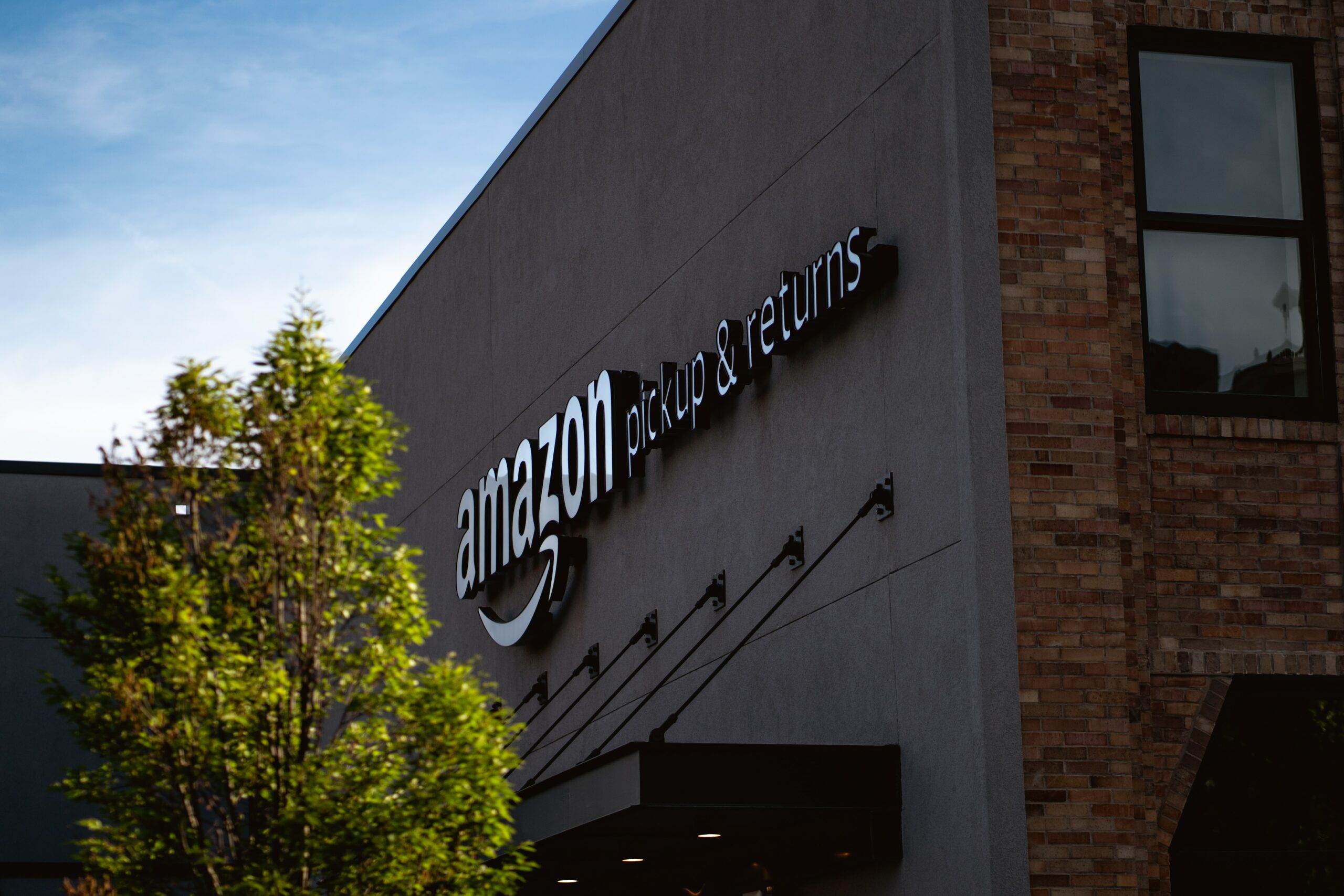
Buying Amazon returns can be a great way to save money and potentially make a profit, but there are some important tips to keep in mind to ensure you get the best deals and avoid potential pitfalls.
Know what you’re looking for: Before you start shopping for Amazon returns, have a clear idea of what products you’re interested in and what condition you’re willing to accept. This will help you narrow down your search and avoid buying items that you won’t be able to resell.
Do your research: Whether you’re buying directly from Amazon or a third-party seller, do your research to make sure you’re getting a good deal. Compare prices across different sellers, read reviews from other buyers, and check the seller’s return policy and shipping fees.
Check the condition of the returns: Make sure you’re buying returns that are in good condition and can be resold. Inspect the products carefully when you receive them and test them to make sure they work properly.
Be aware of the risks: Buying Amazon returns comes with some level of risk, as you may end up with damaged or defective products. Be prepared to deal with returns or exchanges and factor in the cost of shipping and handling when making your purchasing decisions.
Consider the time and effort required: Reselling Amazon returns can be a time-consuming process, so make sure you’re prepared to invest the time and effort required to list, market, and ship the products. If you’re just looking for discounted items for personal use, consider buying from Amazon Warehouse Deals instead.
Don’t forget about taxes: Depending on where you live and where the seller is located, you may be required to pay sales tax on your Amazon returns purchase. Make sure to factor in the cost of taxes when calculating the total cost of your purchase.
By following these tips, you can increase your chances of getting great deals on Amazon returns and avoid potential problems. Good luck with your purchasing!
Why Would I Buy Amazon Return Pallets?
There are several reasons why you might consider buying Amazon return pallets:
Cost savings: Buying Amazon return pallets can be a cost-effective way to purchase inventory for resale. These pallets are typically sold at a discount, so you can purchase a large quantity of items for a lower price than buying new products.
Variety of products: Amazon return pallets can contain a variety of products, which can be useful if you’re looking to diversify your inventory. You may be able to find products in a range of categories and price points, giving you more options for reselling.
Potential for high profit margins: Depending on the condition of the items in the pallet, you may be able to sell them for a higher price than what you paid for them, resulting in a high profit margin.
Environmental benefits: By purchasing Amazon return pallets, you’re helping to reduce waste by giving these items a second chance. This can be a more sustainable option than buying new products that may end up in a landfill.
Learning opportunity: Buying Amazon return pallets can be a good way to learn about the reselling industry and gain experience in buying and selling products. You’ll have the opportunity to learn about different product categories and develop strategies for marketing and selling your inventory.
Overall, buying Amazon return pallets can be a smart investment for resellers who are looking to save money, diversify their inventory, and potentially earn high profits. Just make sure to do your research and carefully inspect the products before making a purchase to ensure you’re getting a good deal.
Where Do Amazon Returns Go?
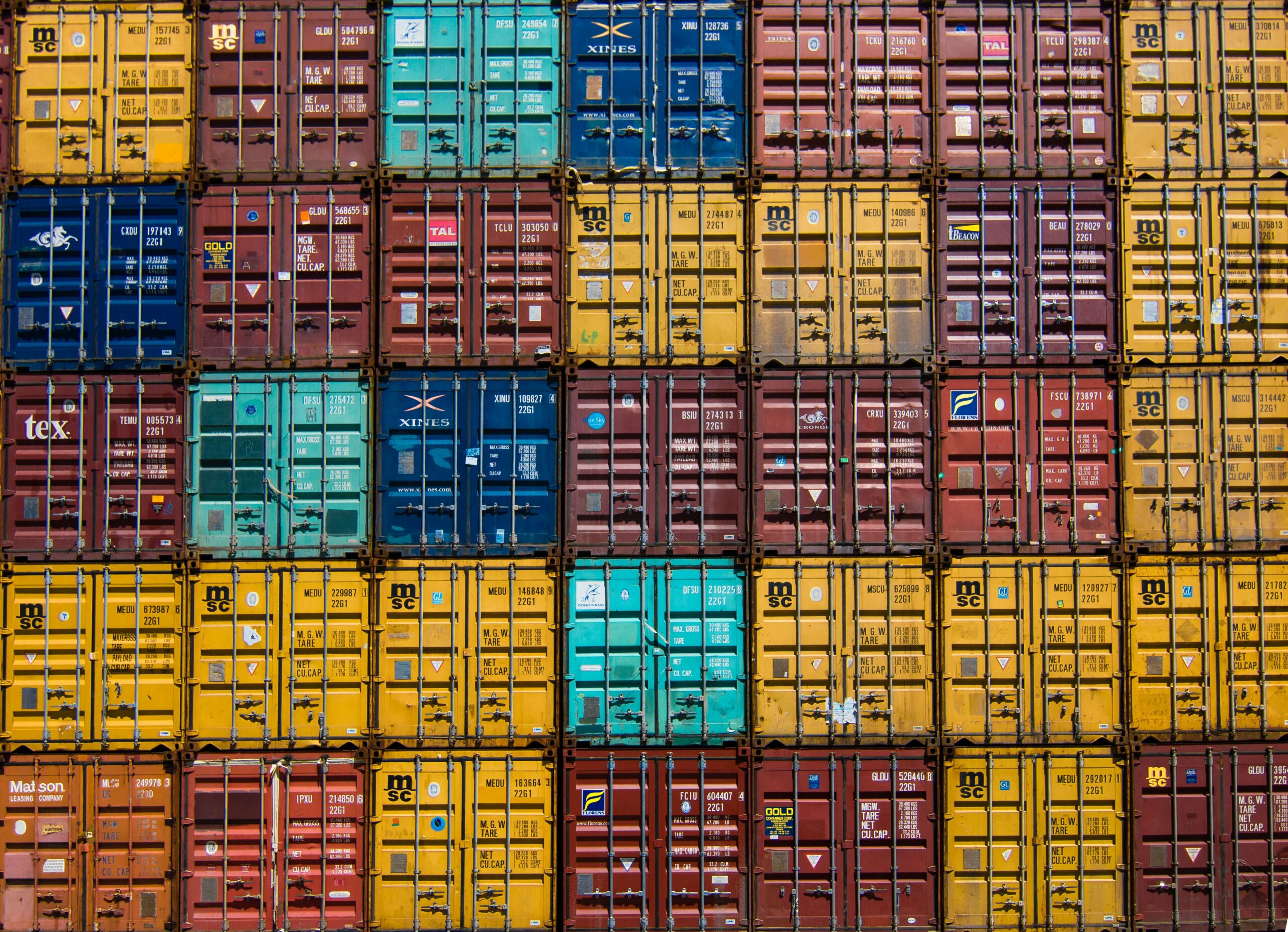
When customers return items to Amazon, the returned products go through a process called “reverse logistics.” This involves transporting the items from the customer’s location back to Amazon’s fulfillment centers or third-party warehouses. Once the items arrive at the warehouse, they are inspected and sorted into various categories based on their condition.
Some of the returned items may be in new or like-new condition, while others may be damaged, used, or missing parts. Depending on the condition of the items, they may be repackaged and resold as new, sold as refurbished or used products, or sold to liquidators and resellers.
If the items are eligible for resale, they may be listed on Amazon’s website as “Amazon Warehouse Deals,” which offers discounted prices on returned, used, or refurbished products. Alternatively, the items may be sold to liquidators or wholesalers, who buy the products in bulk and sell them to other retailers or resellers.
If the items are not eligible for resale, they may be disposed of or recycled. Amazon has several initiatives in place to reduce waste and promote sustainability, including donating unsold inventory to charities, using eco-friendly packaging materials, and investing in renewable energy sources.
Amazon returns go through a complex process of reverse logistics and sorting to determine whether they can be resold or must be disposed of. Some items may end up on Amazon Warehouse Deals or be sold to liquidators and resellers, while others may be donated or recycled to minimize waste.
Where are Amazon Returns Sold?
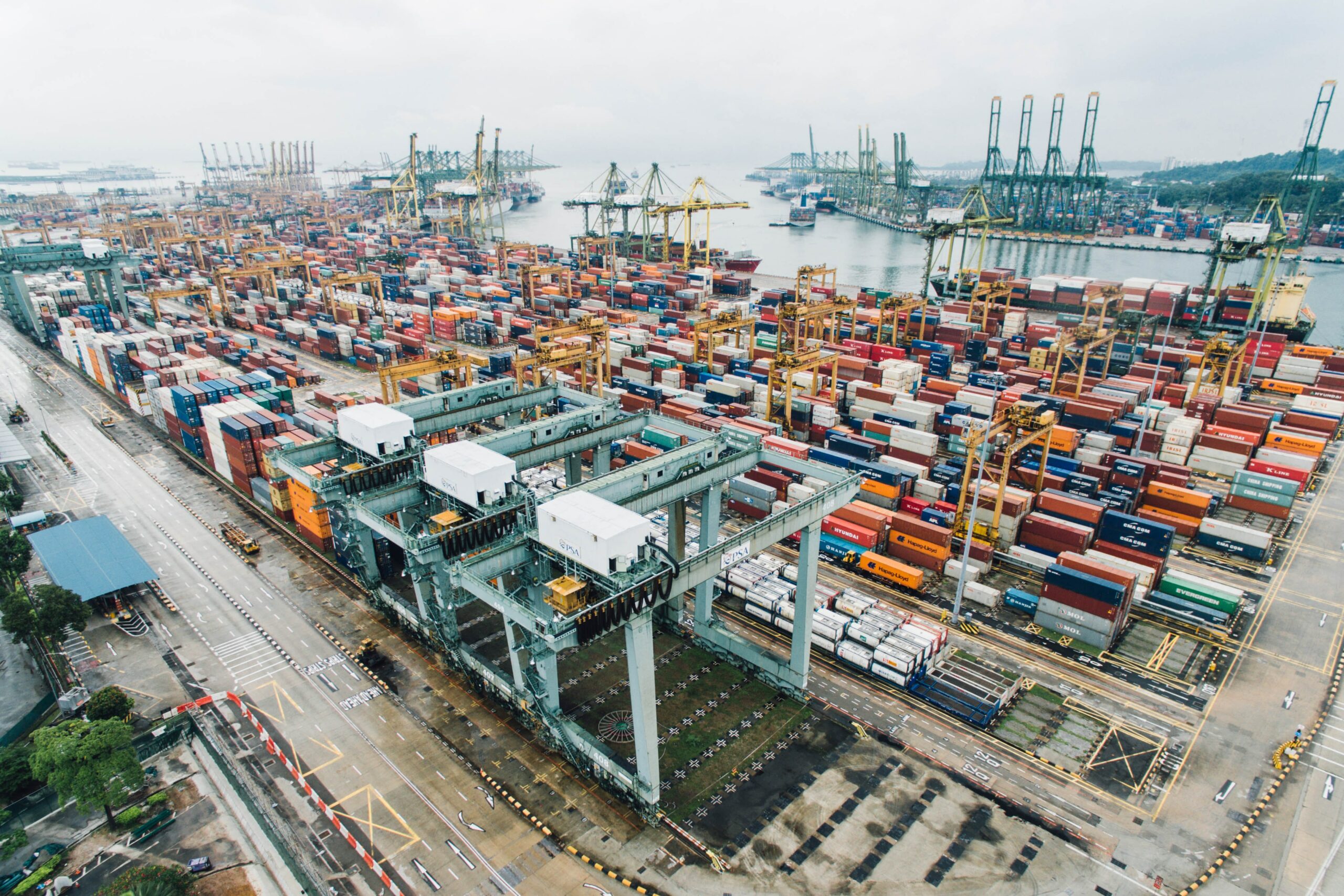
Amazon returns are sold in a variety of places, depending on the condition of the products and the specific arrangements made by Amazon or third-party sellers. Here are some of the main places where Amazon returns are sold:
Amazon Warehouse Deals: As mentioned earlier, Amazon Warehouse Deals is a section of Amazon’s website that offers discounted prices on returned, used, or refurbished products. These products are inspected and tested by Amazon to ensure they are in good condition and work properly.
Third-party sellers: Amazon allows third-party sellers to sell returned and refurbished items on its platform. These sellers purchase the products in bulk from Amazon or other liquidators and resell them to customers at a discounted price.
Liquidation auctions: Amazon works with liquidators and auction sites to sell off large quantities of returned products that are not eligible for resale on its own platform. These auctions are typically open to businesses and resellers who are looking to purchase products in bulk.
Direct sales to buyers: Some sellers choose to sell their returned products directly to buyers through social media, online marketplaces, or other channels. These sellers may advertise the products as “customer returns” or “open box” items and sell them at a lower price than retail.
Physical stores: Some returned items may end up being sold at physical stores that specialize in discount or secondhand merchandise. Amazon has also experimented with physical stores that sell returned and refurbished products, such as Amazon Outlet and Amazon Renewed stores.
Amazon returns are sold in a variety of places, including Amazon Warehouse Deals, third-party sellers, liquidation auctions, direct sales, and physical stores. The specific outlet for returned products depends on factors such as the condition of the products and the agreements between Amazon and its partners.
Are All Categories of Amazon Return Pallets Available for Resale?
Not all categories of Amazon return pallets are available for resale. The condition and category of the products in the pallets will determine whether they are eligible for resale. Here are some factors to consider:
Condition of the products: Amazon return pallets may contain products in different conditions, such as new, used, refurbished, or damaged. Products that are in new or like-new condition are generally more likely to be eligible for resale. On the other hand, products that are damaged or missing parts may not be suitable for resale and may need to be disposed of or recycled.
Category of the products: Certain categories of products may have restrictions on resale due to legal or safety concerns. For example, Amazon may prohibit the resale of certain products such as prescription medication, hazardous materials, or products that violate intellectual property rights.
Resale agreements: Amazon or third-party sellers may have specific agreements or contracts that determine the resale eligibility of returned products. These agreements may include restrictions on which categories of products can be sold, minimum pricing requirements, or quality standards that the products must meet.
In general, most categories of Amazon return pallets are available for resale, including electronics, appliances, toys, clothing, and more. However, it’s important to carefully inspect the condition of the products in the pallets and check for any resale restrictions before making a purchase. This can help ensure that you’re getting a good deal and complying with any legal or safety requirements.
How Much Do Amazon Return Pallets Cost?
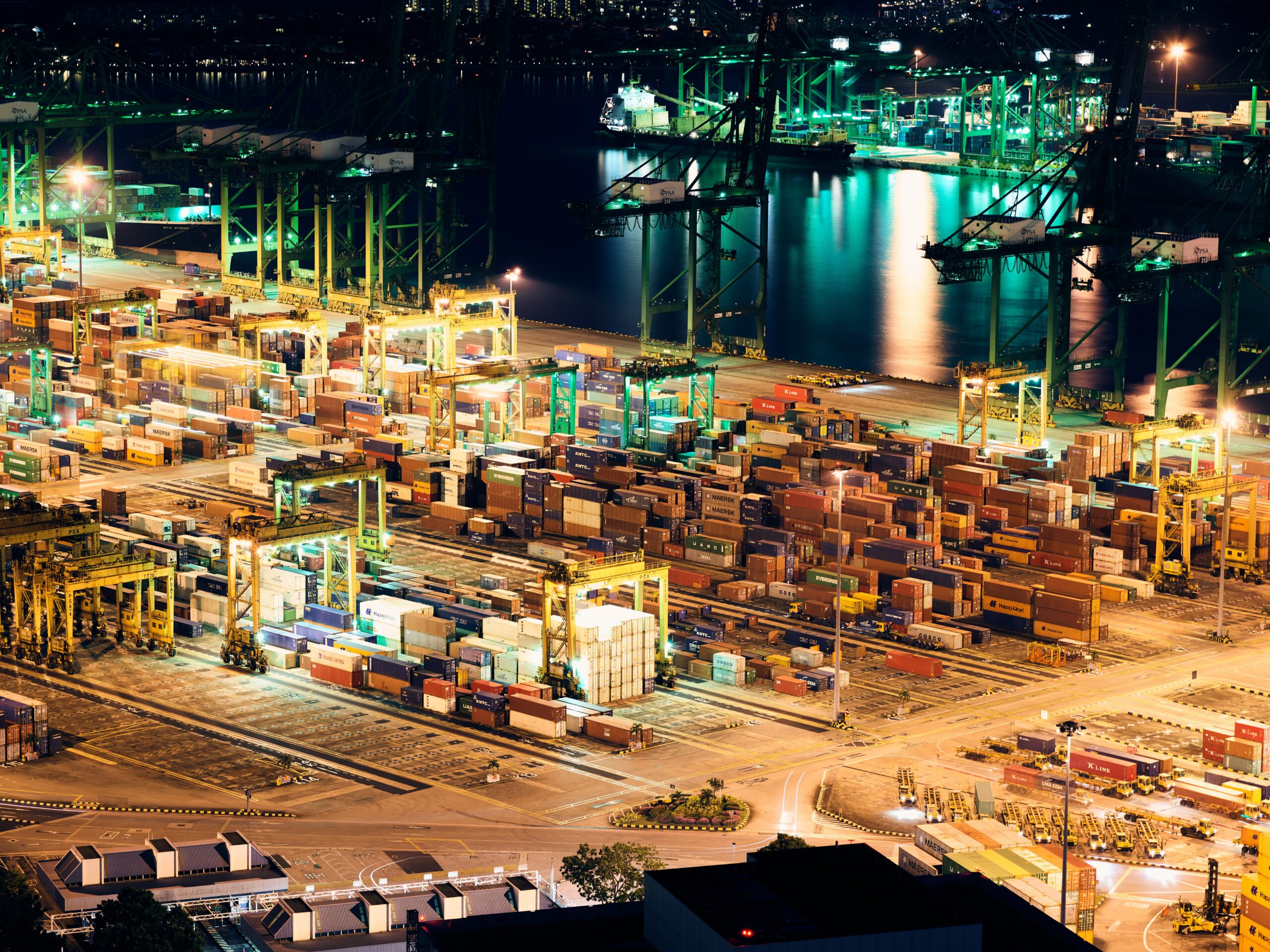
The cost of Amazon return pallets can vary widely depending on several factors, such as the condition of the products, the category of the items, the quantity of the pallets, and the source of the pallets. Here are some general guidelines for the cost of Amazon return pallets:
Condition of the products: The condition of the products in the pallets can have a significant impact on the cost. New or like-new products will generally be more expensive than used or damaged products. Some sellers may also offer graded pallets that categorize the items into different conditions, which can affect the cost.
Category of the products: The category of the products can also influence the cost. High-demand categories such as electronics or home appliances may be more expensive than lower-demand categories such as clothing or toys.
Quantity of the pallets: The more pallets you buy, the lower the cost per pallet may be. Many sellers offer bulk discounts or lower prices for larger orders.
Source of the pallets: The source of the pallets can also affect the cost. Pallets purchased directly from Amazon may be more expensive than those purchased from third-party sellers or liquidators.
As a rough estimate, Amazon return pallets can range in cost from a few hundred dollars to several thousand dollars per pallet. However, it’s important to carefully consider the condition and category of the products in the pallets, as well as any additional fees or costs (such as shipping or handling fees), before making a purchase. Additionally, it’s a good idea to compare prices from multiple sellers and do your research to ensure you’re getting a fair deal.
Is Buying Amazon Return Pallets Worth It?
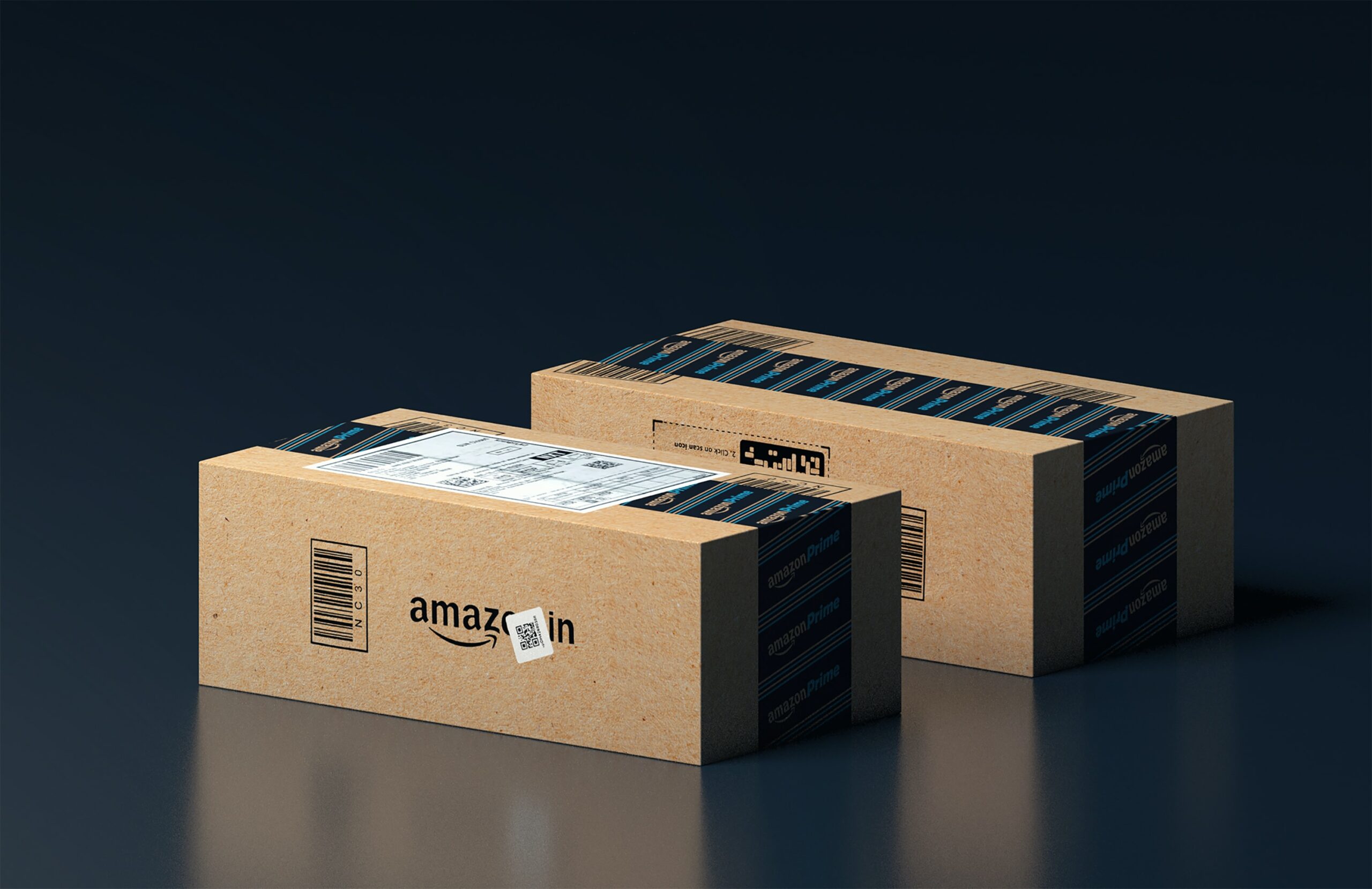
Whether buying Amazon return pallets is worth it depends on several factors, such as your goals, budget, and the condition of the products in the pallets. Here are some advantages and disadvantages to consider:
Advantages:
Low cost: Amazon return pallets can be significantly cheaper than buying new products or even buying returned products individually.
Potential for high profit: If you’re able to resell the products in the pallets at a higher price, you could potentially make a profit.
Large quantity of products: Buying pallets allows you to purchase a large quantity of products at once, which can be useful if you’re running a business or need a lot of products for a specific purpose.
Disadvantages:
Unknown condition of products: Since the products in the pallets are returned, it’s possible that some or all of them may be damaged or not work properly. This can make it difficult to resell or use the products.
Reselling can be time-consuming: If you plan to resell the products, it can take a lot of time and effort to clean, repair, and list the items for sale.
Limited product selection: You may not be able to choose specific products or categories of products in the pallets, which can be a disadvantage if you’re looking for specific items.
Risk of loss: There is always a risk that you won’t be able to resell the products in the pallets, which can result in a loss of money.
In general, buying Amazon return pallets can be a good option if you’re willing to take on the risk and have the time and resources to clean and resell the products. However, it’s important to carefully consider the condition and value of the products in the pallets before making a purchase, and to have a plan for how you will resell or use the products.

